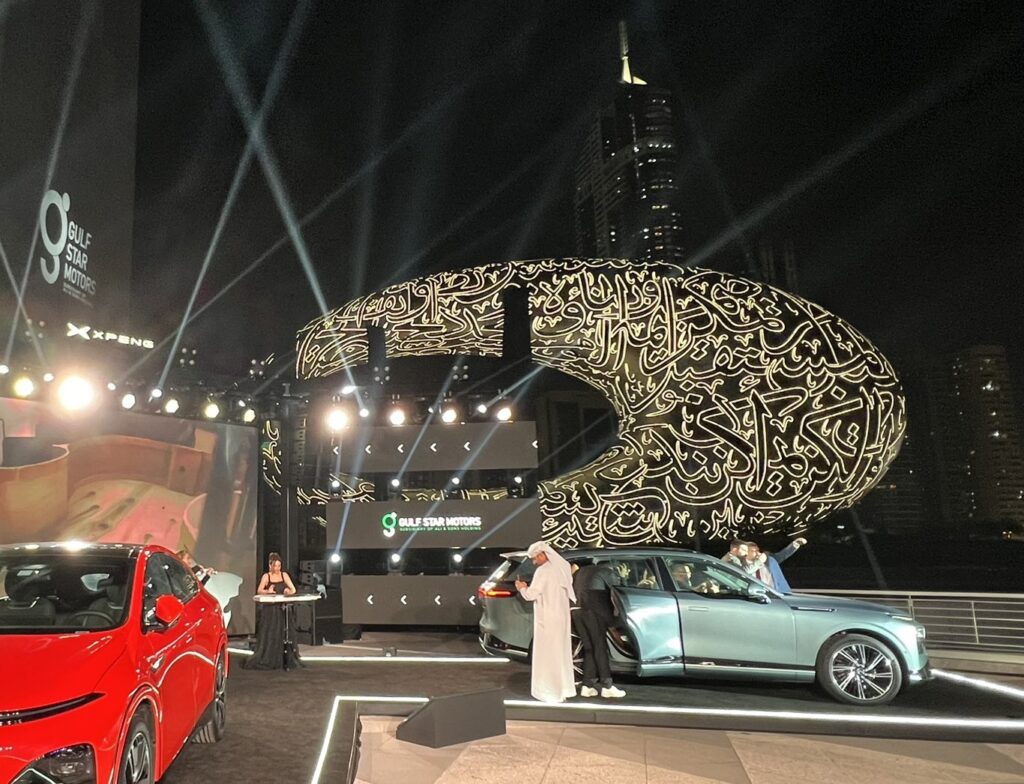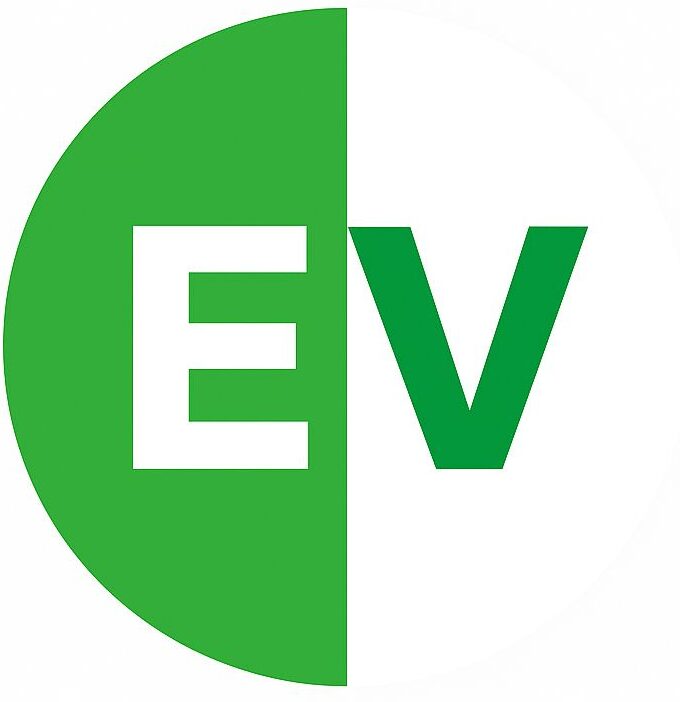
In the global EV narrative, we often speak of China dominance, Europe regulatory push or the United States Inflation Reduction Act fueling adoption. Yet a quieter revolution is underway in the Middle East an oil heartland now experimenting with the very technology that threatens its fossil-fuel foundation.

The UAE EV Market 2025 has become a case study in how resource rich nations can pivot toward electrification without abandoning their economic DNA. Dubai highways no longer echo only with supercars Tesla Model3, BYD Atto3 and Polestar2 weave through traffic alongside Range Rovers. For the first time, the Middle East’s EV story isn’t about curiosity. it’s about scale, infrastructure and ambition.
What’s Driving the UAE EV Momentum

Policy Architecture
- Energy Strategy 2050 (launched 2017)- diversify power mix, reduce reliance on gas, integrate solar, nuclear and wind.
- Net Zero 2050 Roadmap (2021)- first MENA nation to commit to carbon neutrality by mid-century. Transport electrification is central to this pledge.
Market Data
- 13% of new car sales in 2023 were EV up from near-zero just a few years ago.
- By 2030 government projects that 30% of all new vehicles sold will be electric.
- The long horizon by 2050 at least 50% of the transport sector electrified.
Infrastructure Expansion
Dubai Electricity and Water Authority (DEWA) operates more than 1,200 chargers today but Roland Berger estimates 23,000 public chargers will be needed by 2030. The UAE isn’t just adding stations it’s focusing on fast DC corridors along highways and workplace charging in urban centers.
Saudi Arabia- Vision 2030 Meets EV Ambition

If the UAE is a fast mover Saudi Arabia is a heavyweight preparing to strike. The Kingdom EV narrative is less about consumer adoption and more about industrial sovereignty.
- Vision 2030 Target– Riyadh mandates 30% of vehicles EV by 2030.
- EVIQ Program– aims to deploy 5,000 public charging points across 1,000 locations by 2030.
- Domestic Manufacturing
- Ceer Motors (Saudi first EV brand joint venture with Foxconn).
- Lucid Motors plant in King Abdullah Economic City with production ramp-up planned for exports.
- Charger Manufacturing Plant Foxconn Interconnect factory construction starting Dec 2025 operational by 2026.
- Partnerships– Aramco and BYD exploring battery supply and e-mobility ventures.
Current adoption is tiny (~0.2% in 2023) but Saudi bet is that once supply chains, factories and incentives align adoption will leapfrog.
The Wider GCC Landscape

The UAE and Saudi dominate headlines but the EV story is regional
- Qatar– Ministry of Transport roadmap to deploy 1,000 chargers by 2030 and 4,000 by 2035. PwC forecasts 24% of new sales EVs by 2035 (14% BEVs, 9.6% PHEVs).
- Oman– Incentives for imports and highway charging corridors under planning.
- Bahrain– Pledges to electrify government fleets first private adoption lagging.
- Kuwait– Initial EV policies exist but fragmented execution compared to UAE/Saudi.
Each country is at a different stage but collectively the GCC is repositioning itself from oil supplier to mobility innovator.
Barriers-Pain Points

UAE
- Charger Sufficiency– Roland Berger index shows UAE EV adoption outpacing charger growth EVs per charger ratio is worsening.
- Costs– EVs remain pricier than ICE vehicles insurance premiums also higher.
- Grid & Heat Stress– High summer temps push battery cooling systems electricity demand peaks may strain grids unless renewables expand faster.
Saudi Arabia
- Sparse Infrastructure– Only ~100 public charging stations today.
- Consumer Habits– Preference for large SUV limited EV model availability in those segments.
- Geography– Vast distances amplify range anxiety compared to UAE compact city clusters.
- Low Fuel Prices– Cheap petrol reduces consumer urgency to shift.
Why UAE Is Currently Ahead

- Early Policy Commitment– Net Zero 2050 was a signal to the world and investors.
- Financial Muscle + Logistics– UAE free zones, ports and capital make it attractive for OEM partnerships.
- Urban Efficiency– Dubai/Abu Dhabi dense populations make infrastructure deployment easier.
- Innovation Pilots– Masdar City autonomous EV deliveries Dubai battery swapping for e-bike fleets proof of ecosystem thinking not just cars.
Global Implications of the Middle East EV Shift

- Investor Lens– Charger operators, BMS (Battery Management System) innovators, fleet electrification platforms all see UAE as a launchpad.
- Climate Diplomacy– UAE COP28 host role positioned it as a climate leader EV adoption strengthens credibility.
- Industrial Paradox– Saudi Arabia producing EVs while exporting oil highlights the region balancing act hedging fossil dependency with clean-tech exports.
2025–2030

- UAE Trajectory– By 2030 EVs could represent 30% of new sales if charger growth hits targets. Urban fleets (taxis, delivery, ride-hailing) will lead adoption.
- Saudi Trajectory– Execution-dependent. If Ceer Motors, Lucid and EVIQ succeed adoption could jump from <1% today to double digits by late 2020s.
- Qatar & Smaller GCC– Gradual policy-led adoption likely lagging but still reaching ~20–25% new sales by mid-2030s.

The UAE EV Market 2025 is no longer an experiment it’s a testbed shaping regional electrification. The Emirates have the policy, infrastructure and consumer momentum to claim leadership.
But Saudi Arabia brings something different scale, industrial power and sovereign wealth. The duel between the UAE first-mover advantage and Saudi manufacturing muscle will define the Middle East EV trajectory in the next decade.
For global EV investors, policymakers and enthusiasts the Gulf is not just catching up it’s rewriting the rules of how oil economies can lead the electric revolution.

